The book critically examines the literary-critical and theoretical movements from the beginning of the present century upto roughly the present time. Each chapter undertakes the study of a particular movement except chapter IV where Northrop Frye’s personality by now is well recognized as a movement in itself. The first chapter is devoted to New Criticism. It studies the central texts of the literary theorists associated with this movement and examines their notions about literature and its relation to other disciplines. It also clears certain misunderstanding attributed to New Criticism-their rejection of history for example. Such notions as irony, paradox, ambiguity, tension are closely examined which form the backbone of the movement. Chapter II picks up the argument where the first chapter ends. It shows that New Criticism shares certain concepts with Structuralism in which it was finally lost. Structuralist movement in England, America and Europe arose during the early sixties, and the chapter examines its beginnings along with the central concepts of Roland Barthes, Piaget, Jakobson, Foucault, among many others. Another movement-Deconstruction-followed suit and uprooted the central hypothesis of structuralism. The author examines the central ideas of Jacques Derrida and shows how Roland Barthes has wrongly been understood as a staunch structuralist. His work in fact mediates between Sturcturalism and Deconstruction. Northrop Frye is Canadian structuralist and though he has not associated himself with any movement, his archetypal method as propounded in the Anatomy of Criticism has given birth to a school in itself. Though each chapter is governed by its own beginnings and ends, Chapter V is a kind of Conclusion of conclusions for it not only comments on what is said earlier, it also finds out ways literary theory might develop into. The book is not only a contribution, it is the only one available, specially in India, which treats of contemporary movements in literary theory with detail and in-depth.
Contemporary Literary Theory: Linear Configurations
In stock
Free & Quick Delivery Worldwide
Bibliographic information
Title
Contemporary Literary Theory: Linear Configurations
Author
Edition
1st ed.
Publisher
ISBN
8170186137
Length
xi+199p., Figures; Notes; Index; 23cm.
Subjects

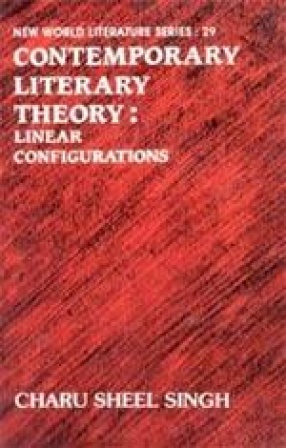
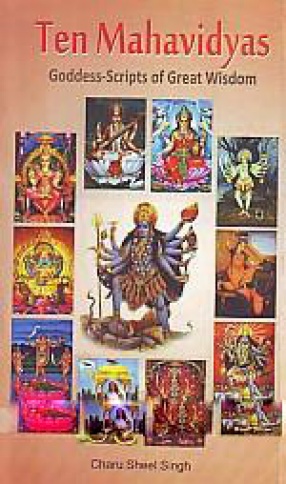
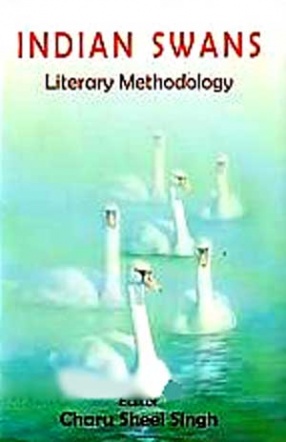
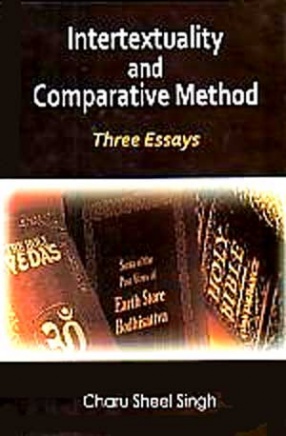
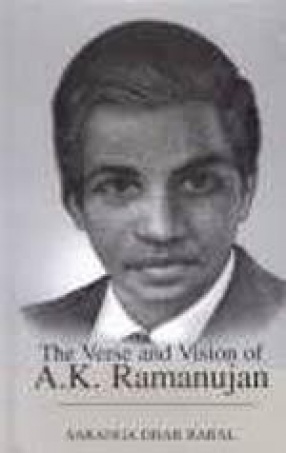
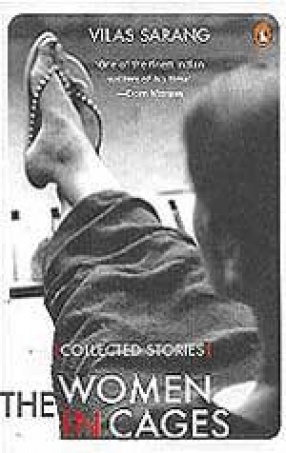

There are no reviews yet.